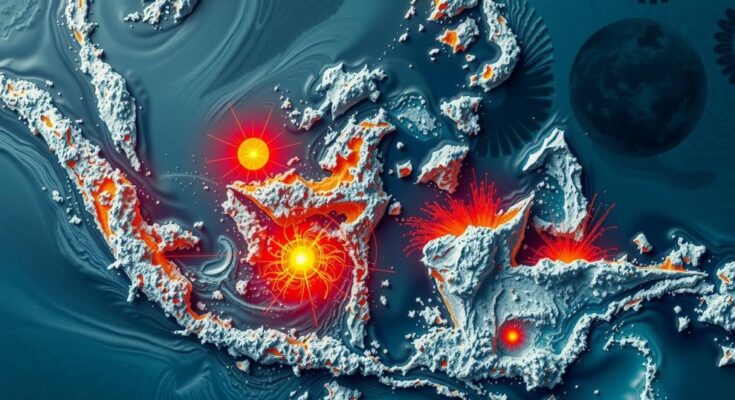This article reflects on two major disasters in history: the 1908 earthquake and tsunami in Italy, which resulted in over 70,000 deaths, and the 2004 Indian Ocean earthquake triggered tsunami, which claimed around 230,000 lives. It emphasizes the importance of preparedness for such natural disasters, particularly regarding their devastating impacts on coastal communities during holiday seasons.
On December 28, 1908, a catastrophic earthquake, registering 7.1 on the magnitude scale, struck the Italian cities of Messina and Reggio Calabria. The disaster was compounded by a subsequent tsunami, leading to the loss of at least 70,000 lives. This event remains the deadliest earthquake recorded in European history. Even in the early 20th century, the news of such a calamity reached far and wide, including reports by the Deseret News.
Similarly, on December 26, 2004, a 9.1-magnitude earthquake occurred beneath the Indian Ocean, resulting in a formidable tsunami that generated waves as high as 100 feet. This tragedy resulted in an estimated 230,000 fatalities and left lasting impacts on the affected regions. Notably, on March 11, 2011, Japan experienced another devastating tsunami, which claimed more than 18,000 lives.
The impacts of earthquakes and tsunamis pose continual challenges for coastal communities, particularly when they coincide with festive seasons, amplifying the grief and suffering experienced by affected populations. In the wake of such disasters, numerous reports emerged highlighting global responses and local resiliency efforts aimed at recovery.
Earthquakes, particularly those followed by tsunamis, have historically posed significant threats to coastal populations around the world. The 1908 Messina earthquake represents a defining moment in European natural disaster history, while the 2004 Indian Ocean earthquake stands as one of the deadliest in modern times. Such events have underscored the importance of preparedness and timely warning systems, although challenges remain regarding their effectiveness in preventing loss of life. Furthermore, historical patterns illustrate the importance of community awareness and understanding regarding the forces of nature that dictate their environments.
In summary, both the 1908 earthquake-tsunami in Italy and the 2004 disaster in Indonesia signify the deadly potential of natural catastrophes. These events highlight the necessity for continued advancements in tsunami warning systems and community education to better prepare coastal populations for future incidents. Moreover, the stories of resilience following such tragedies remind us of the global capacity for compassion and support in times of dire need.
Original Source: www.deseret.com




